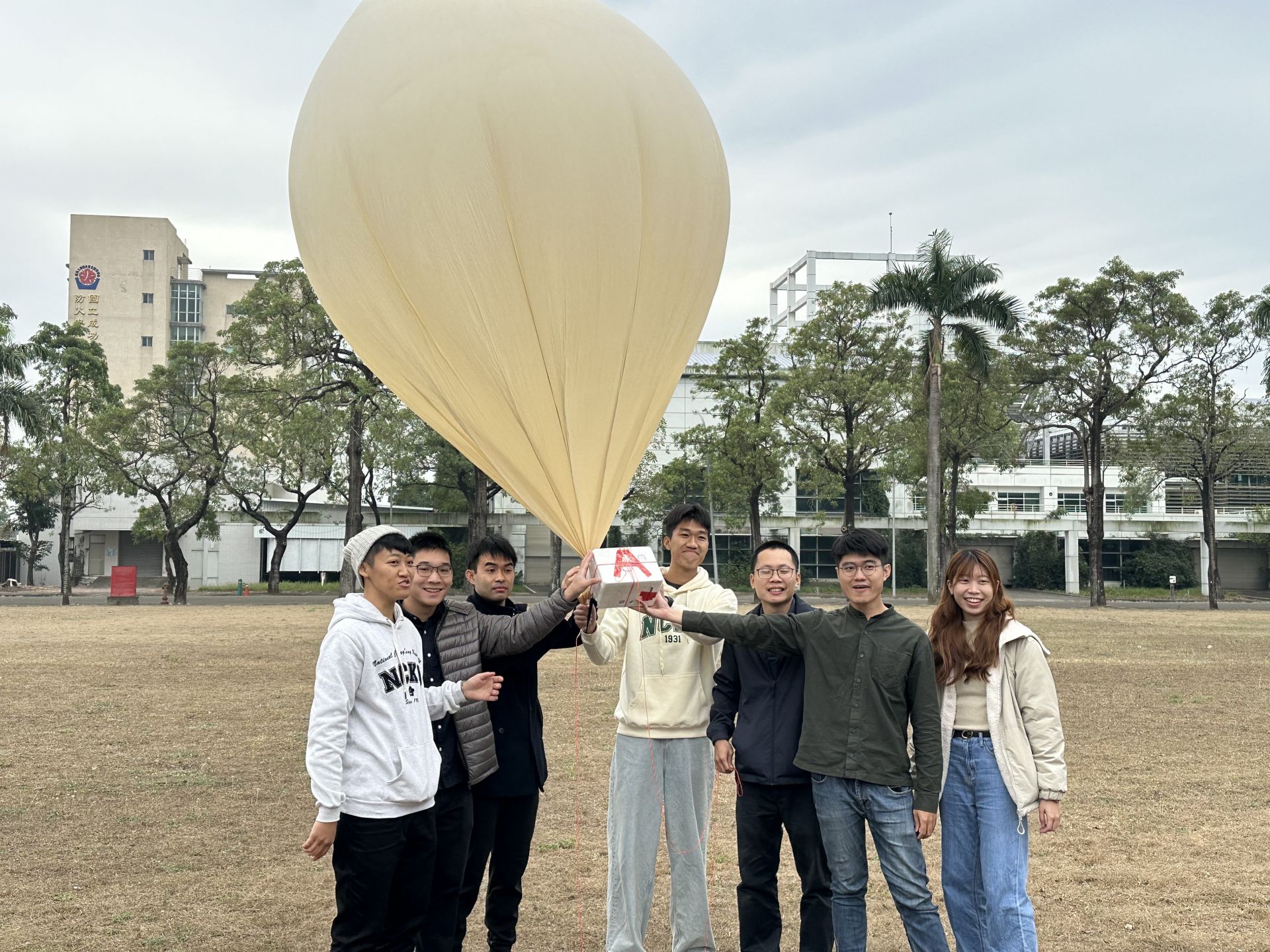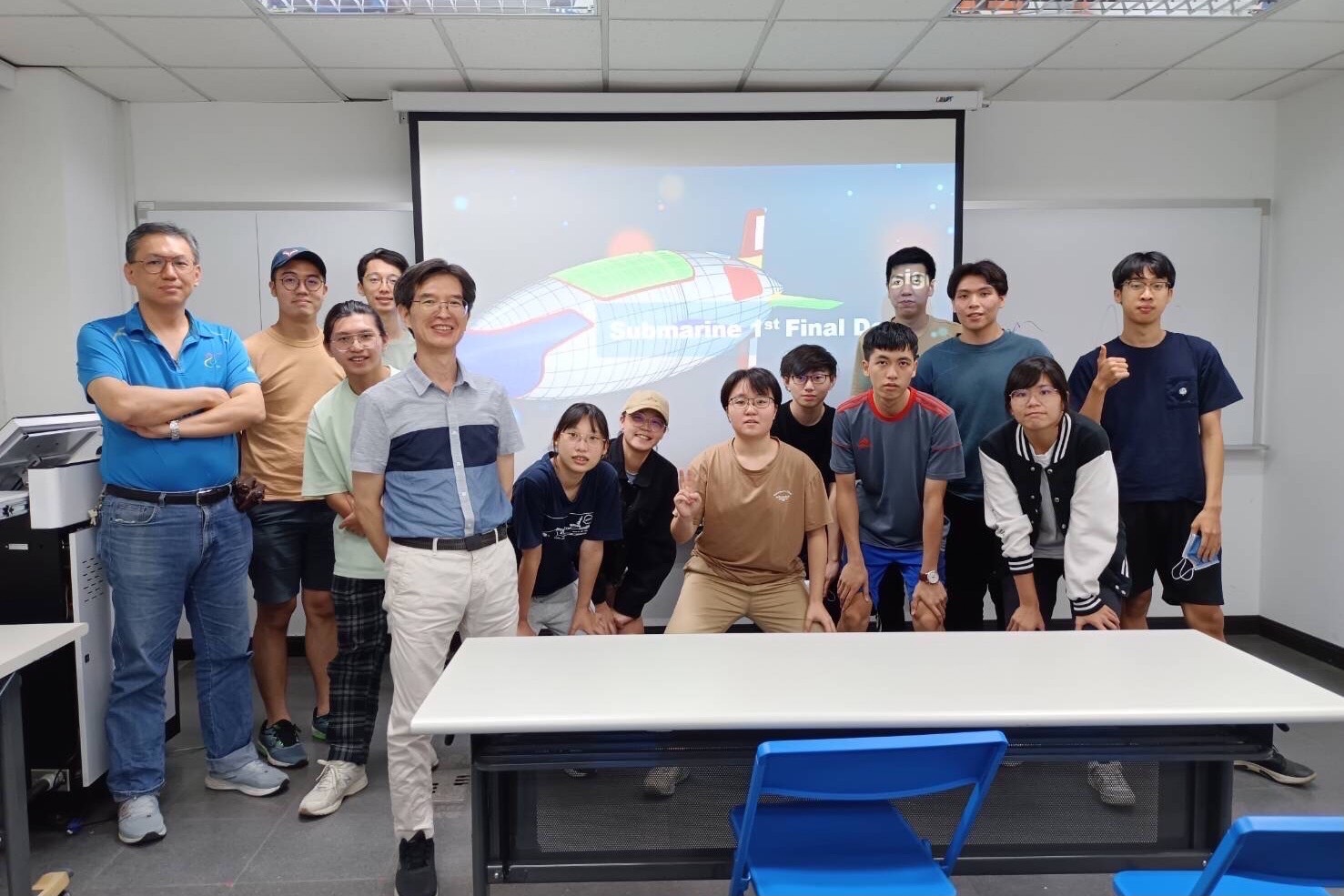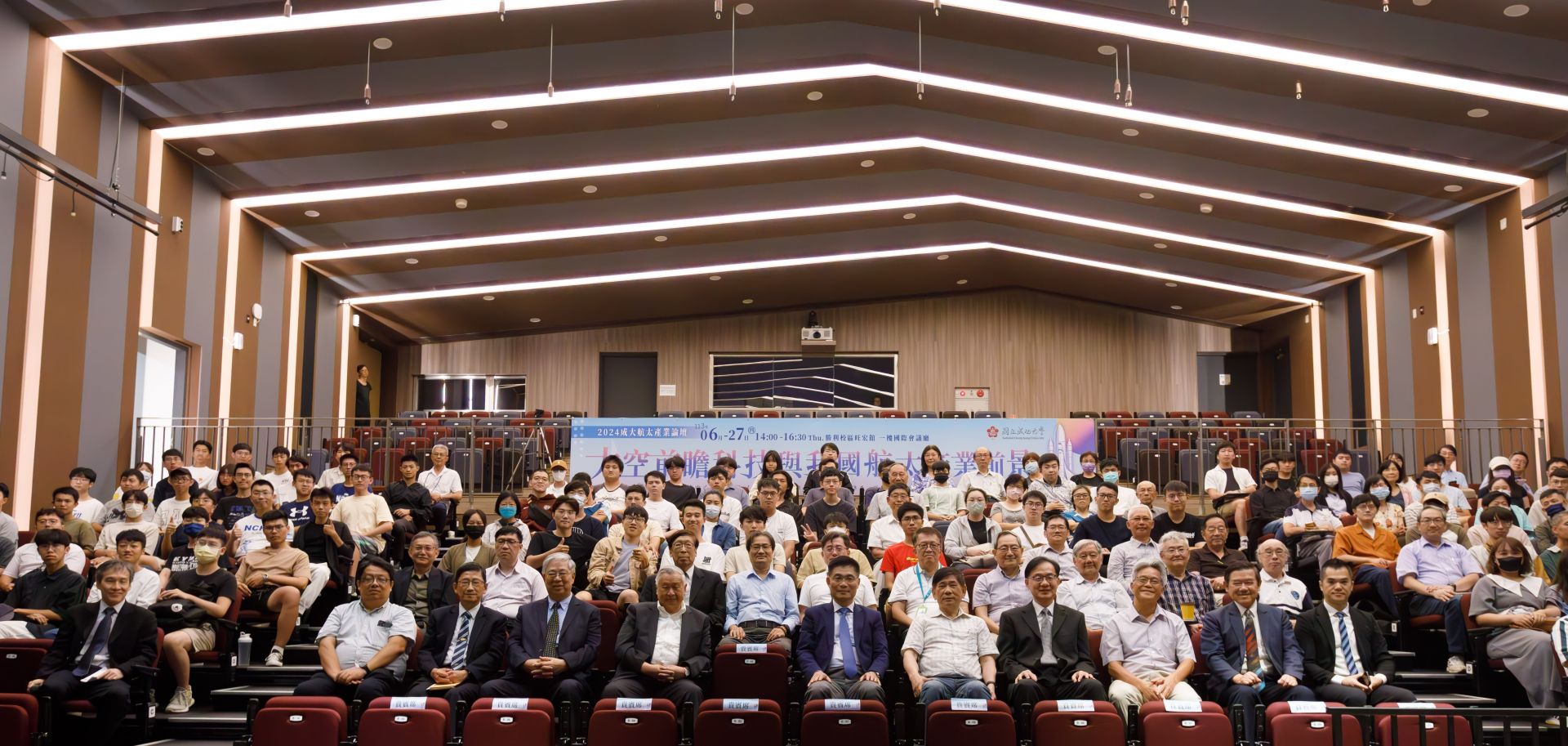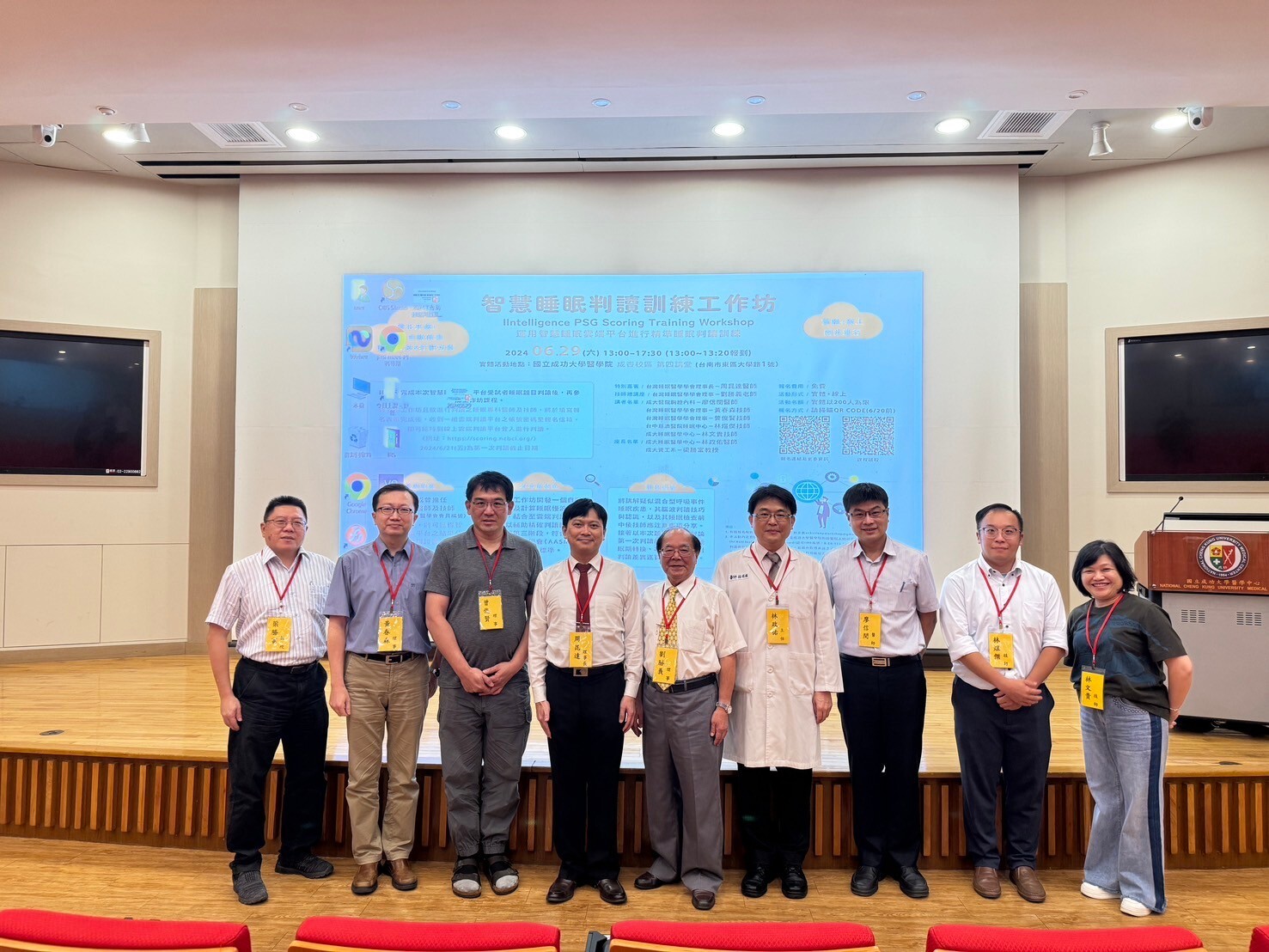SDG9
NCKU's Institute of Space Systems Engineering releases stratospheric weather balloons, marking the initial phase of space missio
After a semester of hard work, faculty and students from the NCKU Institute of Space Systems Engineering released weather balloons today (23rd). A total of 4 sets of weather balloon missions passed flight readiness reviews and obtained approval from both the military and civil aviation authorities. These weather balloons flew to at least the stratosphere, reaching altitudes of 25-30 kilometers, carrying instruments planned by the students to conduct experiments for approximately 1-3 hours. After the missions, they are expected to fall into the Pacific Ocean according to the predicted trajectory.
Space missions typically take years and considerable expense, making it a significant challenge to balance theory and practice in a short time. In addition to sharing high similarities with satellite and rocket missions in systems engineering, weather balloon missions offer advantages such as high safety, low experimental costs, high mobility, and short mission cycles.
Professor Bing-Chih Chen (scopus), jointly appointed by the Department of Physics and the Institute of Space Systems Engineering at NCKU, used weather balloons as the target of practical tasks in the course "Space Missions and System Design." Students, following the model of satellite and rocket missions, gradually progressed from mission concept formation, requirement definition, system design, hands-on production, environmental and performance testing to flight verification over the course of a semester. They also had to pass several milestones, such as mission definition review, system design review, critical design review, and flight readiness review, following the regular space mission process. Through hands-on missions, students could corroborate their knowledge learned in the course. Apart from the spacecraft and payload, student teams needed to conduct thorough route analysis and develop necessary hardware and software for ground receiving stations.
During the launch process, students took on different roles, such as mission commanders, with teamwork to successfully launch the payload via weather balloons into the air for experiments and data reception, with teachers only supervising and guiding. After the flight experiments, data analysis and mission reviews were conducted. Through weather balloon missions, students received training and practical experience in space systems engineering and mission design, covering both flight and ground elements.
To cultivate high-level talent in space systems engineering and enhance collaboration with the aerospace industry, NCKU established the Institute of Space Systems Engineering this academic year (112) and recruited 15 master's students. The compulsory course "Space Missions and System Design" aims to integrate abundant resources and mission portfolios within the university, enabling students to understand the space mission process and management methods, and apply them practically. Therefore, besides master's students in the Institute of Space Systems Engineering, many students from the Department of Aerospace Engineering and other engineering departments also chose to take this course. This event successfully demonstrated that weather balloons, besides serving as research tools in atmospheric science, have been applied for over a decade by NCKU faculty and students in space science and engineering-related courses, thereby cultivating students' abilities in executing professional tasks required for space systems engineering.

NCKU launches weather balloons, completing a semester-long practical project mirroring space missions.

During the launch process, students take on various roles such as mission commanders, ensuring smooth coordination as a team to payload the weather balloon into the sky for atmospheric exploration.

SDG9NCKU Students' First Self-made Human-Powered Submarine Ready to Challenge European International Submarine Race in June
View more
SDG92024 NCKU Aerospace Industry Forum: Encouragement to Engage in the Thriving Aerospace Field
View more



















